Unveiling 5 Famous Paint Colors Crafted From Mummies, Insects, and Ancient Rocks
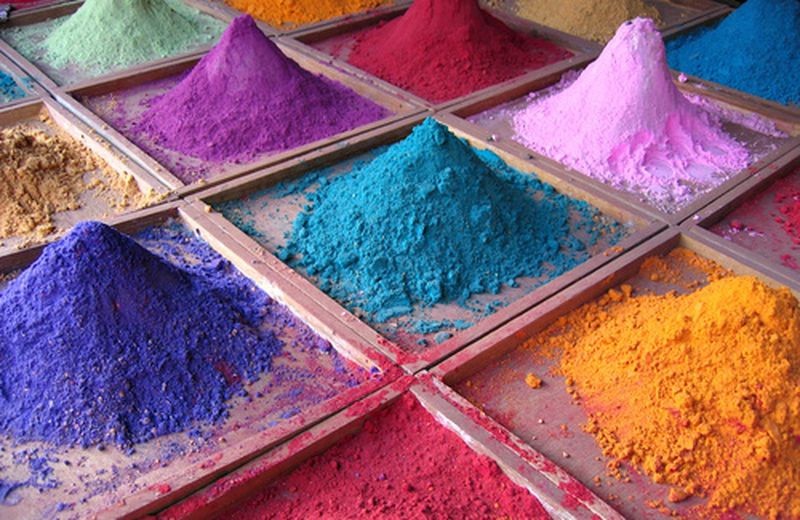
The origin of certain paint colors we often take for granted is fascinating in the vast tapestry of art and history. Art constitutes a pivotal aspect of the human experience, transcending cultural boundaries with widespread global practice. Since the early epochs when humans adorned cave walls and utilized body painting, the appreciation for color has been deeply ingrained in our collective history. Some of these colors may surprise you because they were created using unusual materials such as mummies, insects, and ancient rocks.
For their intricate use of color and attention to detail, iconic masterpieces such as Vermeer's "Girl with a Pearl Earring" and Delacroix's "Liberty Leading the People" are celebrated. Investigating the historical origins of the pigments used in these works reveals an intriguing story.
1. Cochineal Beetle and Carmine:
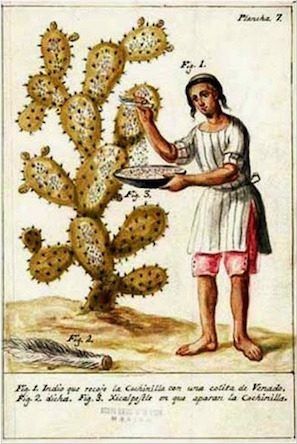
The rich crimson pigment known as carmine, prevalent in contemporary cosmetics, clothing, and food dye, traces its roots back thousands of years to Mesoamerica. Indigenous communities discovered that crushing the cochineal beetle on prickly pear cacti yielded a vibrant red stain. The process involved extracting carminic acid from female cochineals, with approximately 70,000 insects required to produce a single pound of carmine dye. The ancient peoples of Mexico and Central America utilized carmine for various purposes, including basketry, medicinal applications, feather adornments, and pottery decoration. Upon the arrival of Spanish conquistadors in Europe, carmine became highly coveted by royalty and artists for its ability to yield perfect red shades, adorn textiles, and find a place in prominent artworks.
2. Egyptian Blue:

Egyptian blue, the oldest synthetic paint in the world, comes from ancient Egypt and is over 5,000 years old. This vivid blue was created by mixing sand, sodium carbonate or ash, copper minerals, or bits of bronze. It was used to decorate mummy masks, tomb walls, and sculpture items. After the mixture was heated to a high temperature, a pigment block was ground into a fine powder. Egyptian blue was widely traded throughout the Roman Empire as a less expensive substitute for indigo, and it continued to be used in artistic expressions for centuries. Surprisingly, forensic science has found modern use for its infrared luminescence in fingerprint detection.
Also Read: Salvador Dali Event Alert! France's Art In Nature Features Surrealism in Illuminated Sculptures
3. Mummy Brown:
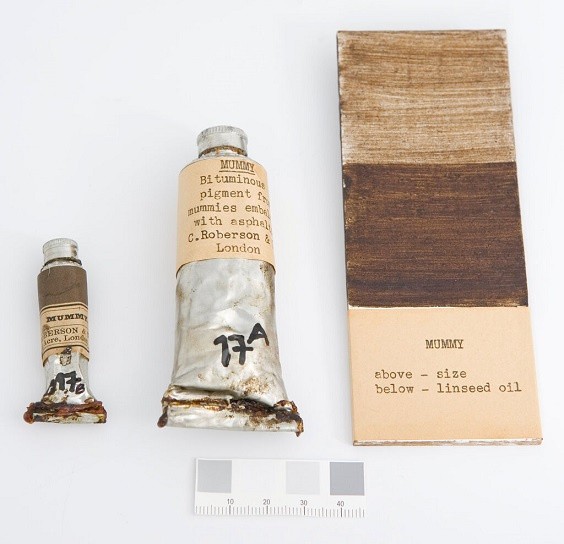
A favored pigment in the 16th century, 'mummy brown' was lauded for its translucent hue, ideal for creating elusive shadows and blending flesh tones in oil and watercolor paintings. The distinctive sepia-like color of mummy brown was derived from the macabre source of ground-up corpses of mummies, both human and feline. Despite artists such as Edward Burne-Jones expressing discomfort with the pigment's origins, it found a place in the works of notable figures like Eugene Delacroix and Sir William Beechly. Mummy brown production ceased in the twentieth century due to a scarcity of mummies.
4. Ochre:
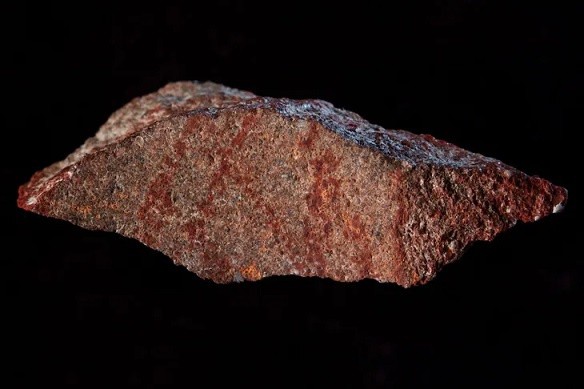
Ochre is the oldest color in the world and has been connected to human history for hundreds of thousands of years. A natural pigment of clay and iron oxide produces many colors, including deep red, purple, pale yellow, and gold. Utilized in prehistoric art on cave walls, ochre's resistance to fading has preserved its presence over millennia. The pigment's production involves grinding soft rock material and mixing it with water. Ochre's uses extend beyond art, with speculation that it was employed as a skin salve for protection against insects and the sun.
5. Sepia:
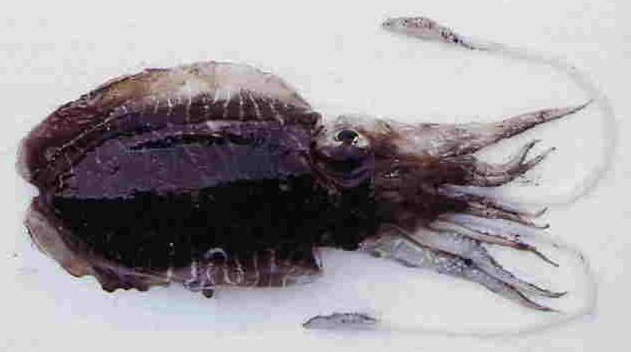
The subdued brown color known as sepia originates in the ink sacs of cuttlefish, with the term itself derived from the Greek word for cuttlefish. Variances in sepia shades arise from the cuttlefish's local diet and the pigment's place of origin. In production since Ancient Rome, this natural hue has graced the canvases of artists like Leonardo da Vinci. As cuttlefish release ink clouds when threatened, using sepia captures both a natural phenomenon and an artistic medium.
Related Article: Handy Tips: How To Dry Paint In Less Than 30 Seconds!
Fischer Homes on the Future of Personalized Home Design

Architecture's Response to the Seven Million Homes Shortage

Travis Scott Slams Victory Boyd in Explosive 'Telekinesis' Lawsuit: 'She Lied on Copyright'

From Digital Models to 3D-Printed Homes: Jaspreet Kaur Lall Explains How the Innovation Changes the Construction Industry

Future Belongs to Green Construction: Sampath Kumar Paspunoori Explains One of the Key Trends in the Construction Industry











